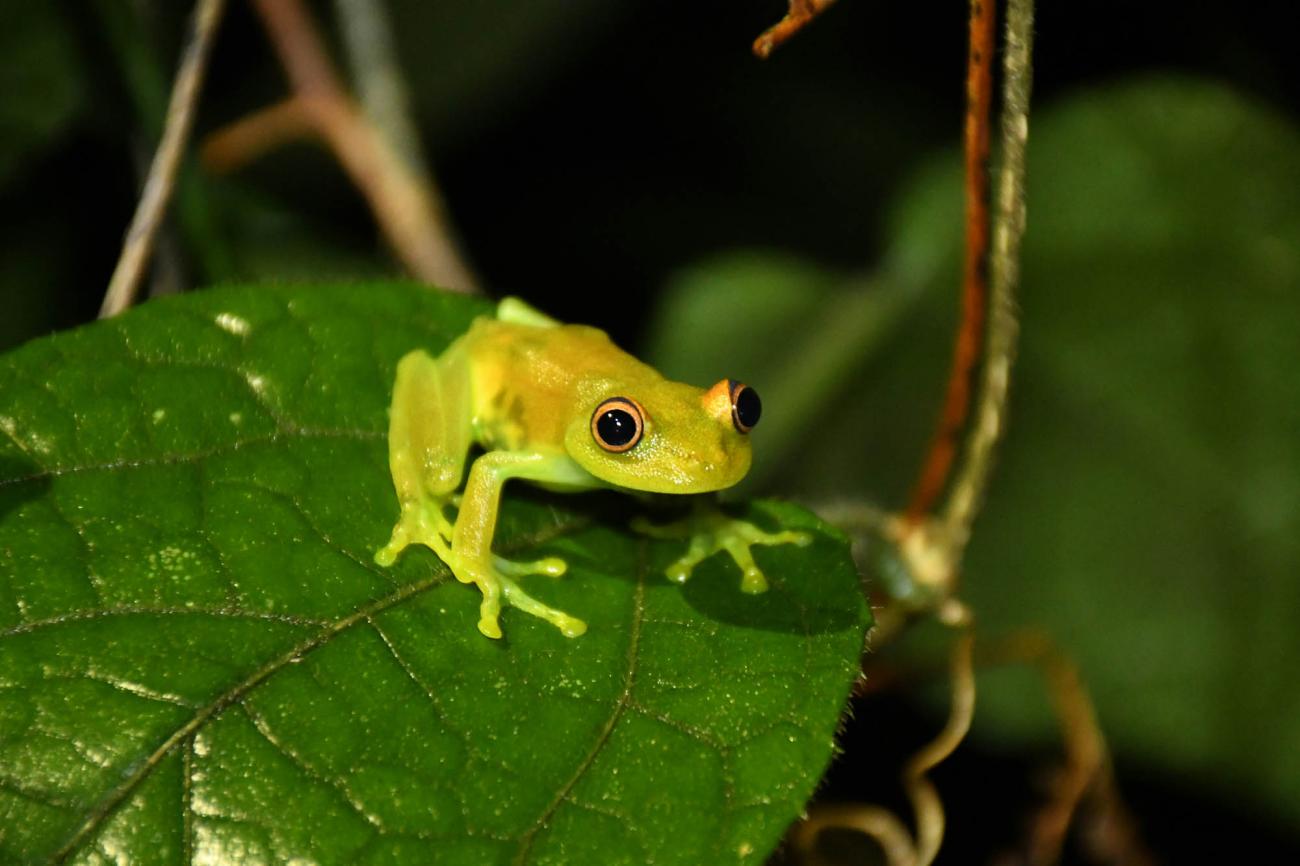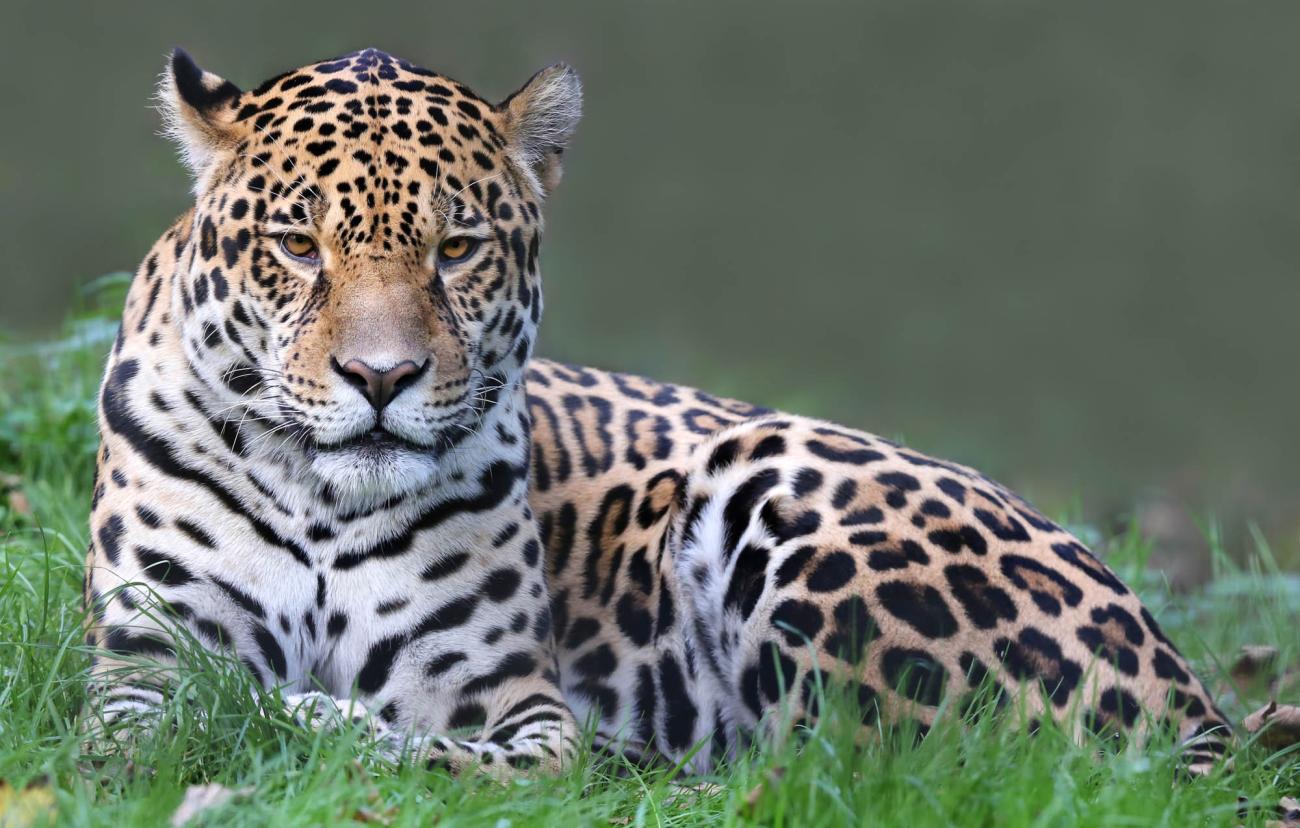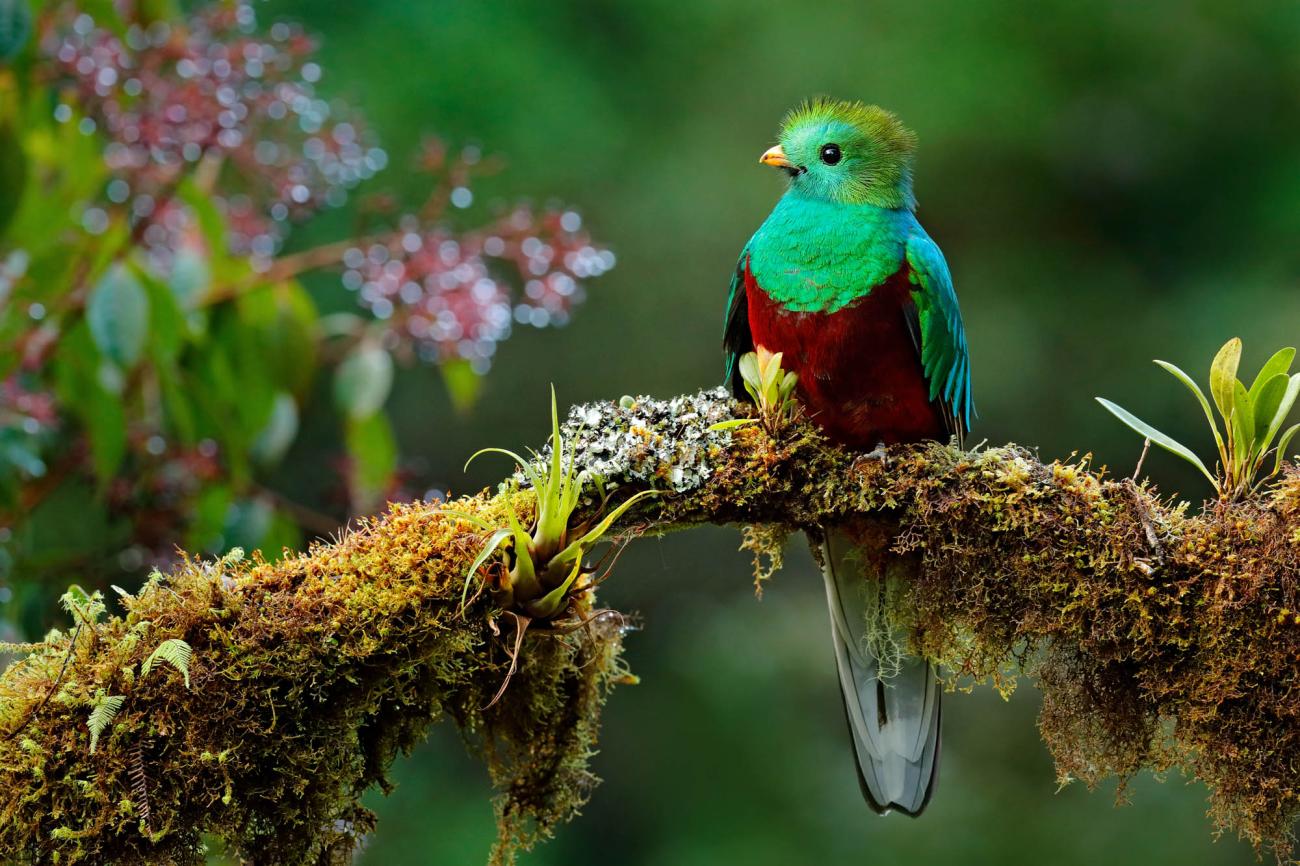Top 3 Wildlife Experiences in Latin America
1. Ecuador

If the magnificent Galapagos Archipelago is not enough to convince you that Ecuador is the king of South American wildlife viewing, then a trip into the Yasuni National Park in the Ecuadorian Amazon or the cloud forests of the western Andean slope should tip the scales in its favor. Simply put, it is the most mind-blowing nature experience in Latin America. If seeing wildlife that cannot be seen anywhere else on the planet rocks your boat, then the sheer number of endemic species in the Galapagos could blow your mind.
Sailing the islands in a comfy eight-cabin catamaran reveals some of the 20 endemic species of reptiles, including the iconic marine iguana, which is reason enough to sing its praises, if not for the numerous species of endemic birds, mammals, seabirds, fish and marine mammals. Flying up into the western slope of the Andes reveals many of the 1,663 species of birds in the cloud forests including the majestic Andean condor and flamboyant Andean cock of the rock in some special mountain lodges like the world-class Mashpi. Whereas venturing across the Avenue of the Volcanoes gives one a chance to spot the endangered Andean spectacled bear in Zuleta or Cotopaxi, no Ecuador wildlife symphony would be complete without a visit to an ecolodge in the Ecuadorian Amazon, particularly Yasuni National Park.
The perfect storm of biodiversity where the Andes, equator and Amazon all meet, this unique rainforest where less than two per cent the Amazonian forest manages to house over 30% of the basin’s amphibian and reptile species with a world record 150 amphibian species for a national park, not to mention the 590+ species of birds, 500+ species of fish and at least 10 species of primates including Humboldt's squirrel monkey and the unique Napo saki. No surprise it was in Ecuador where Alexander von Humbolt jotted down in his travel log ideas that revolutionized the natural sciences by combining all areas of study into one worldview called ecology, by making common sense of such hyper-diverse nature with umbrella concepts like ecosystems and climate zones.
2. Argentina

Better known for majestic peaks, great lakes, glaciers, vast steppe, pampas and the romantic precision of Tango, Argentina remains a highly underrated wildlife destination. So much so that the most intense wildlife experiences are almost all well off the beaten path, still largely ignored by world travelers. Whether it be the last remaining South American tropical Atlantic Forest in Iguazú National Park, or the intense overflowing populations of marine mammals on the coasts of Patagonia Azul or the marvellous wetlands of Iberá, Argentina nature every day grows better protected and is experiencing a wildlife renaissance with the recuperation of many locally and internationally endangered and even locally extinct species.
Few travelers associate Argentina with a humid tropical rainforest, but all are aware of the great spectacle of the Iguazú Falls. Without a doubt, these falls are amongst the most impressive on the planet, but the kind of tourism that the falls attract and the infrastructure built to accommodate it, make seeing the falls for wildlife lovers an exercise in ecological masochism. That said, the park is open very early each day, before the hordes, for bird watchers and there are rewarding wildlife experiences to be had around the park edges there are glamping experiences and private nature reserves like that of Awasi that bring this great nature to life.
Some 500 km southwest is the second largest wetlands in South America at Iberá National and Provincial Parks. The brainchild of conservation superheroes Doug and Kris Tomkins, this park is the most successful in the world at bringing vanished species back into natural habitats and making them stick. I was privileged to take a brief but highly rewarding walk alongside Kris Tomkins last year in Patagonia so I had the opportunity to ask her about which of the many nature parks she and her late husband founded in Argentina and Chile was her favourite. She baulked at first, her love for all of them is unmatched - like a mother for her children, but finally chose Iberá. And it is easy to see why, such iconic species like the jaguar, giant river otter, ocelot, giant anteater, pampas deer and red-and-green macaw are all making a comeback in the reserve thanks to the efforts of her NGO, Rewilding Argentina.
There are now some amazing safari lodges on the park limits and amid so much bad news about our environment, Iberá is not only a breath of fresh air (with 264 million tons of carbon sequestered) but a great place for wildlife viewing, particularly when visited in combination with the tropical forests of Iguazú and the coastal marine life reserves on Argentina’s Atlantic Patagonia, which are profiled in depth in a previous blog of mine that can be viewed here.
3. Costa Rica

In Central America, the tiny republic of Costa Rica looms large on the conservation landscape, and for wildlife viewers, it has always been and remains a treasured country to visit. The popularity of Costa Rica has created an environment where conservation has a nearly guaranteed source of sustainable funding. It's thanks to so many world travelers that Costa Rica has been able to do so much with so little. The conservation efforts are forever backed with pragmatism, though sometimes the search for sustainable models runs amok and some national parks and natural areas have been overrun.
That said, the quality of Costa Rica’s naturalist guides, and the relatively small nature of their parks means wildlife viewing is still superb, we just need to be sure and feature the parks and above all, private nature reserves that are less travelled and put conservation above income and profit. This is precisely why travelers look to Wild Frontiers instead of buying low-budget packages that end up showing their travelers more tourists than wildlife. There is no better place to view sloths, tree frogs, the resplendent quetzal and many species of birds, reptiles and mammals than Costa Rica. The night hikes are also excellent and the birding guides are amongst the best on the planet. Costa Rica's best ecolodges are so intelligently integrated into nature, that the entire experience, not just touring, is a love affair with tropical flora and fauna.
So despite dancing dangerously close to the double-edged sword of popularity, when done properly, Costa Rica remains a go-to destination for wildlife lovers from around the world.
